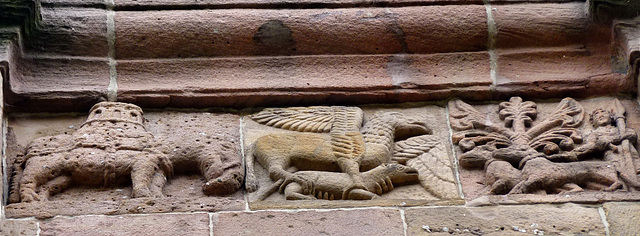Perrecy-les-Forges - Saint-Pierre-et-Saint-Benoît
Perrecy-les-Forges - Saint-Pierre-et-Saint-Benoît
Perrecy-les-Forges - Saint-Pierre-et-Saint-Benoît
Andlau - Saints-Pierre-et-Paul
Châtel-Montagne - Notre-Dame
Sant Joan de les Abadesses - Monastery
Sant Joan de les Abadesses - Monastery
Basel - Muenster
Basel - Muenster
Basel - Muenster
Boí - Sant Joan de Boí
Aulnay - Saint-Pierre
Surgères - Notre-Dame
Surgères - Notre-Dame
Surgères - Notre-Dame
Vouvant - Notre-Dame
Vouvant - Notre-Dame
Lusignan - Notre-Dame et Saint-Junien
Lusignan - Notre-Dame et Saint-Junien
Vezelay - Basilique Sainte-Marie-Madeleine
Vezelay - Basilique Sainte-Marie-Madeleine
Sens - Cathedral
Doussay - Saint-Martin
Verona - Basilica di San Zeno
Verona - Basilica di San Zeno
Location
Lat, Lng:
You can copy the above to your favourite mapping app.
Address: unknown
You can copy the above to your favourite mapping app.
Address: unknown
Keywords
Authorizations, license
-
Visible by: Everyone -
All rights reserved
-
297 visits
Andlau - Saints-Pierre-et-Paul


Richardis, wife of Charles III (aka "Charles the Fat") and so "Holy Roman Empress", founded the abbey in Andlau ca 880. Later she lived here (as the abbess). She was known for her piety and so she was canonised, when Pope Leo IX paid a visit to the abbey in 1049.
Another frame of the frieze in Andlau.
An elephant, a griffin and a man holding two hunting dogs.
The elephant is carved pretty precise - and that is pretty strange. This carvings in Andlau are dated 1130/1150, where did the carver obtain his obviously precise anatomical knowledge about the elephant?
There were only three elephants in Europe in the medieval days.
"Abul Abbas" (+810) owned by Charlemagne, - the "Cremona-elephant" owned by Frederik II in 1229 - and one owned by Louis IX in 1255 and given to Henry III later. This one died in London 1258.
May these carving be more than 100 years younger - and show either the "Cremona"- or the "Saint Louis"-elephant? I just do not know. Please compare this elephant to the many other medieval carvings and drawings I have collected here:
www.flickr.com/photos/martin-m-miles/galleries/7215762494...
The griffin, holding an animal down with his four claws, is nicely carved. The hunter with a spear, holding two hunting dogs on a leash, seems to be connected to the "deer hunt", as that was framed (to the left) by a similar hunter with a spear.
Another frame of the frieze in Andlau.
An elephant, a griffin and a man holding two hunting dogs.
The elephant is carved pretty precise - and that is pretty strange. This carvings in Andlau are dated 1130/1150, where did the carver obtain his obviously precise anatomical knowledge about the elephant?
There were only three elephants in Europe in the medieval days.
"Abul Abbas" (+810) owned by Charlemagne, - the "Cremona-elephant" owned by Frederik II in 1229 - and one owned by Louis IX in 1255 and given to Henry III later. This one died in London 1258.
May these carving be more than 100 years younger - and show either the "Cremona"- or the "Saint Louis"-elephant? I just do not know. Please compare this elephant to the many other medieval carvings and drawings I have collected here:
www.flickr.com/photos/martin-m-miles/galleries/7215762494...
The griffin, holding an animal down with his four claws, is nicely carved. The hunter with a spear, holding two hunting dogs on a leash, seems to be connected to the "deer hunt", as that was framed (to the left) by a similar hunter with a spear.
- Keyboard shortcuts:
Jump to top
RSS feed- Latest comments - Subscribe to the comment feeds of this photo
- ipernity © 2007-2025
- Help & Contact
|
Club news
|
About ipernity
|
History |
ipernity Club & Prices |
Guide of good conduct
Donate | Group guidelines | Privacy policy | Terms of use | Statutes | In memoria -
Facebook
X

Sign-in to write a comment.